Min Guo
LEARNER: A Transfer Learning Method for Low-Rank Matrix Estimation
Dec 29, 2024Abstract:Low-rank matrix estimation is a fundamental problem in statistics and machine learning. In the context of heterogeneous data generated from diverse sources, a key challenge lies in leveraging data from a source population to enhance the estimation of a low-rank matrix in a target population of interest. One such example is estimating associations between genetic variants and diseases in non-European ancestry groups. We propose an approach that leverages similarity in the latent row and column spaces between the source and target populations to improve estimation in the target population, which we refer to as LatEnt spAce-based tRaNsfer lEaRning (LEARNER). LEARNER is based on performing a low-rank approximation of the target population data which penalizes differences between the latent row and column spaces between the source and target populations. We present a cross-validation approach that allows the method to adapt to the degree of heterogeneity across populations. We conducted extensive simulations which found that LEARNER often outperforms the benchmark approach that only uses the target population data, especially as the signal-to-noise ratio in the source population increases. We also performed an illustrative application and empirical comparison of LEARNER and benchmark approaches in a re-analysis of a genome-wide association study in the BioBank Japan cohort. LEARNER is implemented in the R package learner.
CathAction: A Benchmark for Endovascular Intervention Understanding
Aug 23, 2024Abstract:Real-time visual feedback from catheterization analysis is crucial for enhancing surgical safety and efficiency during endovascular interventions. However, existing datasets are often limited to specific tasks, small scale, and lack the comprehensive annotations necessary for broader endovascular intervention understanding. To tackle these limitations, we introduce CathAction, a large-scale dataset for catheterization understanding. Our CathAction dataset encompasses approximately 500,000 annotated frames for catheterization action understanding and collision detection, and 25,000 ground truth masks for catheter and guidewire segmentation. For each task, we benchmark recent related works in the field. We further discuss the challenges of endovascular intentions compared to traditional computer vision tasks and point out open research questions. We hope that CathAction will facilitate the development of endovascular intervention understanding methods that can be applied to real-world applications. The dataset is available at https://airvlab.github.io/cathdata/.
Phase Diverse Phase Retrieval for Microscopy: Comparison of Gaussian and Poisson Approaches
Aug 01, 2023Abstract:Phase diversity is a widefield aberration correction method that uses multiple images to estimate the phase aberration at the pupil plane of an imaging system by solving an optimization problem. This estimated aberration can then be used to deconvolve the aberrated image or to reacquire it with aberration corrections applied to a deformable mirror. The optimization problem for aberration estimation has been formulated for both Gaussian and Poisson noise models but the Poisson model has never been studied in microscopy nor compared with the Gaussian model. Here, the Gaussian- and Poisson-based estimation algorithms are implemented and compared for widefield microscopy in simulation. The Poisson algorithm is found to match or outperform the Gaussian algorithm in a variety of situations, and converges in a similar or decreased amount of time. The Gaussian algorithm does perform better in low-light regimes when image noise is dominated by additive Gaussian noise. The Poisson algorithm is also found to be more robust to the effects of spatially variant aberration and phase noise. Finally, the relative advantages of re-acquisition with aberration correction and deconvolution with aberrated point spread functions are compared.
ActionPrompt: Action-Guided 3D Human Pose Estimation With Text and Pose Prompting
Jul 18, 2023Abstract:Recent 2D-to-3D human pose estimation (HPE) utilizes temporal consistency across sequences to alleviate the depth ambiguity problem but ignore the action related prior knowledge hidden in the pose sequence. In this paper, we propose a plug-and-play module named Action Prompt Module (APM) that effectively mines different kinds of action clues for 3D HPE. The highlight is that, the mining scheme of APM can be widely adapted to different frameworks and bring consistent benefits. Specifically, we first present a novel Action-related Text Prompt module (ATP) that directly embeds action labels and transfers the rich language information in the label to the pose sequence. Besides, we further introduce Action-specific Pose Prompt module (APP) to mine the position-aware pose pattern of each action, and exploit the correlation between the mined patterns and input pose sequence for further pose refinement. Experiments show that APM can improve the performance of most video-based 2D-to-3D HPE frameworks by a large margin.
Pose-Oriented Transformer with Uncertainty-Guided Refinement for 2D-to-3D Human Pose Estimation
Feb 15, 2023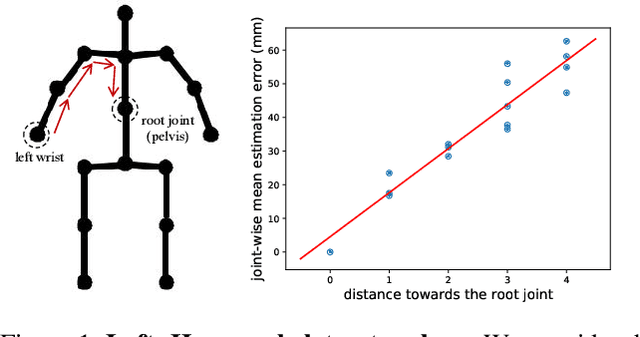



Abstract:There has been a recent surge of interest in introducing transformers to 3D human pose estimation (HPE) due to their powerful capabilities in modeling long-term dependencies. However, existing transformer-based methods treat body joints as equally important inputs and ignore the prior knowledge of human skeleton topology in the self-attention mechanism. To tackle this issue, in this paper, we propose a Pose-Oriented Transformer (POT) with uncertainty guided refinement for 3D HPE. Specifically, we first develop novel pose-oriented self-attention mechanism and distance-related position embedding for POT to explicitly exploit the human skeleton topology. The pose-oriented self-attention mechanism explicitly models the topological interactions between body joints, whereas the distance-related position embedding encodes the distance of joints to the root joint to distinguish groups of joints with different difficulties in regression. Furthermore, we present an Uncertainty-Guided Refinement Network (UGRN) to refine pose predictions from POT, especially for the difficult joints, by considering the estimated uncertainty of each joint with uncertainty-guided sampling strategy and self-attention mechanism. Extensive experiments demonstrate that our method significantly outperforms the state-of-the-art methods with reduced model parameters on 3D HPE benchmarks such as Human3.6M and MPI-INF-3DHP
Hierarchical Graph Networks for 3D Human Pose Estimation
Nov 23, 2021



Abstract:Recent 2D-to-3D human pose estimation works tend to utilize the graph structure formed by the topology of the human skeleton. However, we argue that this skeletal topology is too sparse to reflect the body structure and suffer from serious 2D-to-3D ambiguity problem. To overcome these weaknesses, we propose a novel graph convolution network architecture, Hierarchical Graph Networks (HGN). It is based on denser graph topology generated by our multi-scale graph structure building strategy, thus providing more delicate geometric information. The proposed architecture contains three sparse-to-fine representation subnetworks organized in parallel, in which multi-scale graph-structured features are processed and exchange information through a novel feature fusion strategy, leading to rich hierarchical representations. We also introduce a 3D coarse mesh constraint to further boost detail-related feature learning. Extensive experiments demonstrate that our HGN achieves the state-of-the art performance with reduced network parameters
A Deep Learning Inference Scheme Based on Pipelined Matrix Multiplication Acceleration Design and Non-uniform Quantization
Oct 10, 2021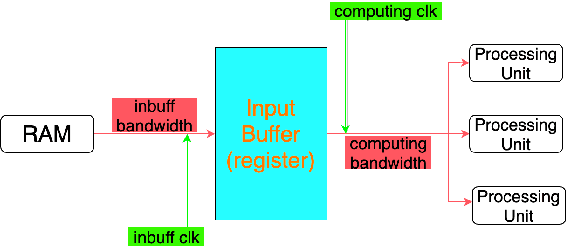
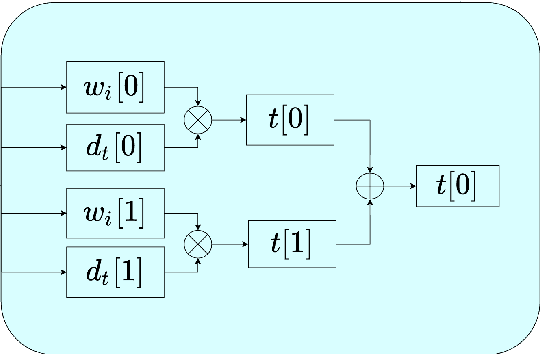
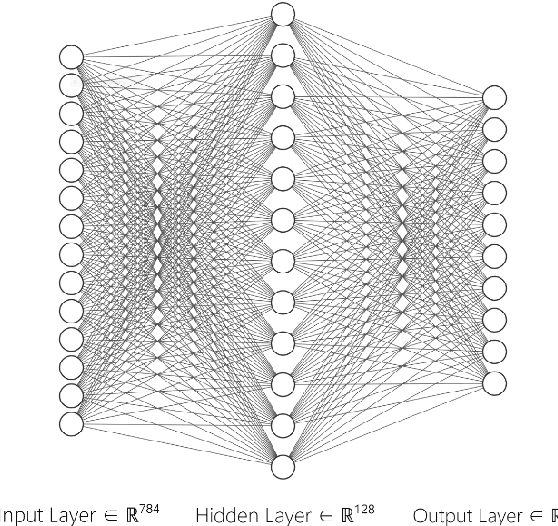
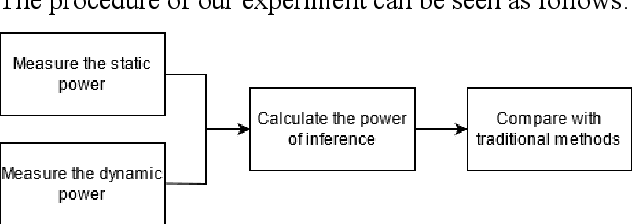
Abstract:Matrix multiplication is the bedrock in Deep Learning inference application. When it comes to hardware acceleration on edge computing devices, matrix multiplication often takes up a great majority of the time. To achieve better performance in edge computing, we introduce a low-power Multi-layer Perceptron (MLP) accelerator based on a pipelined matrix multiplication scheme and a nonuniform quantization methodology. The implementation is running on Field-programmable Gate Array (FPGA) devices and tested its performance on handwritten digit classification and Q-learning tasks. Results show that our method can achieve better performance with fewer power consumption.
Accurate and Interpretable Machine Learning for Transparent Pricing of Health Insurance Plans
Sep 23, 2020
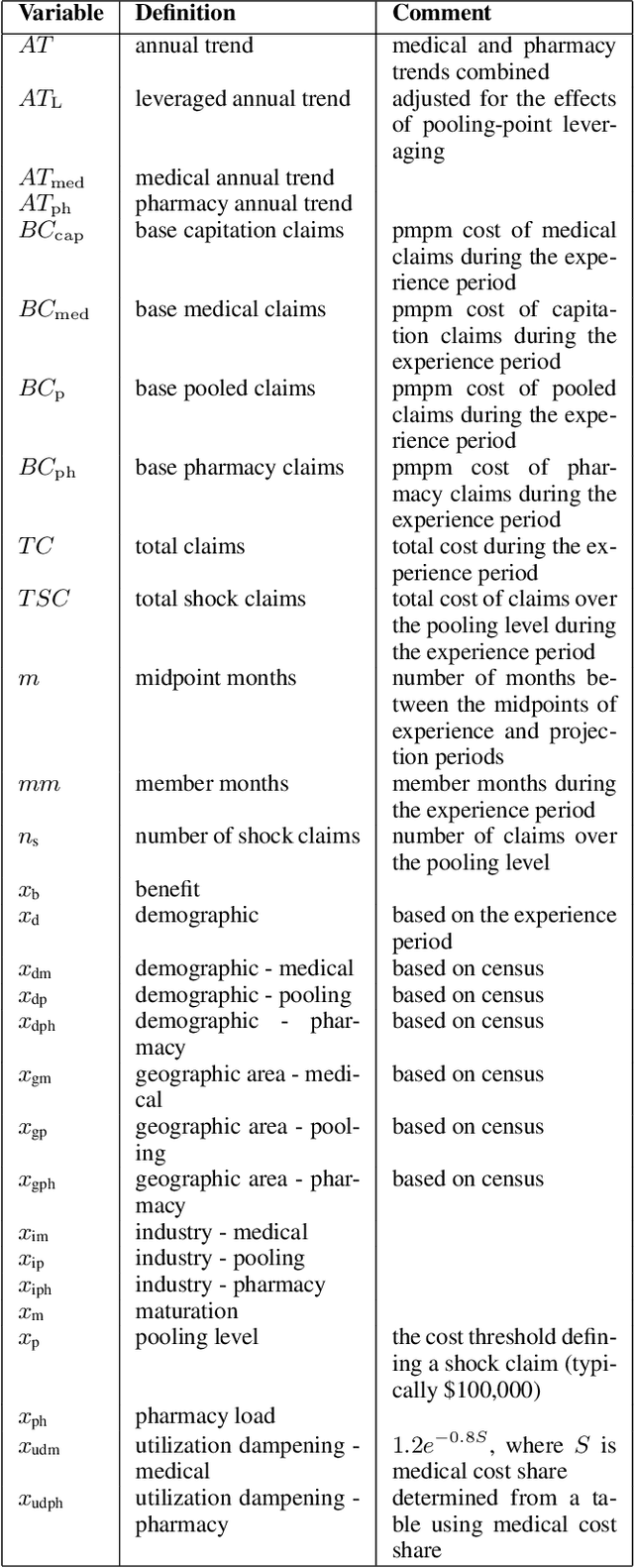
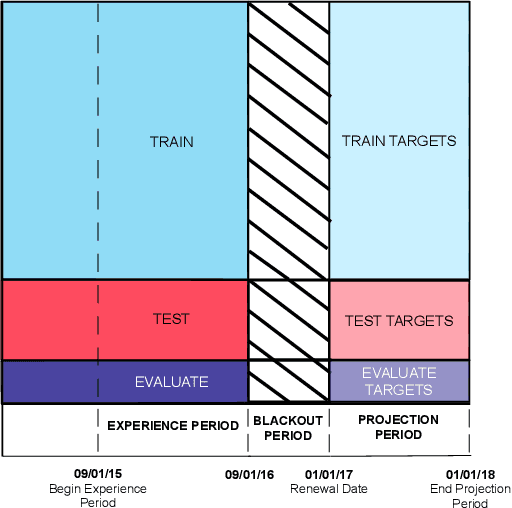
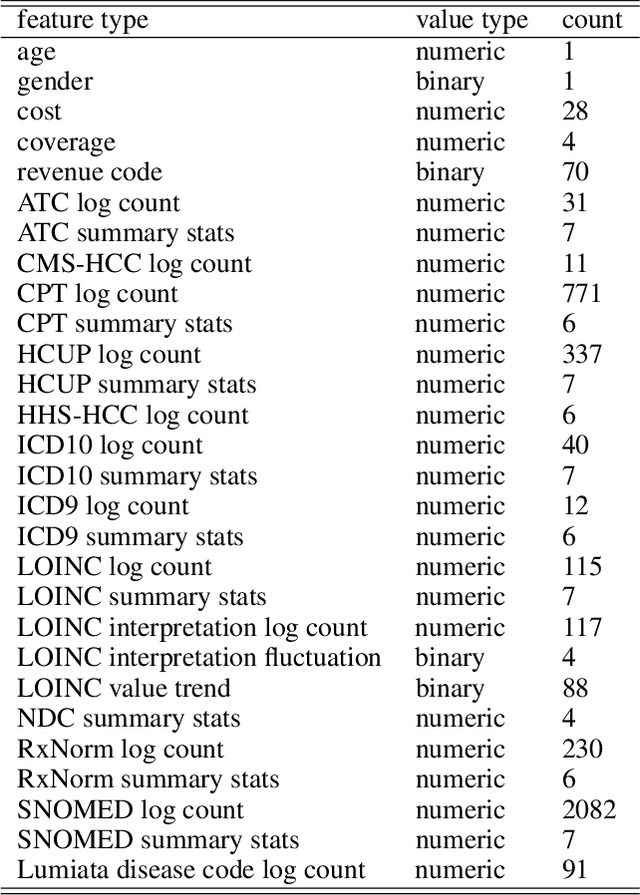
Abstract:Health insurance companies cover half of the United States population through commercial employer-sponsored health plans and pay 1.2 trillion US dollars every year to cover medical expenses for their members. The actuary and underwriter roles at a health insurance company serve to assess which risks to take on and how to price those risks to ensure profitability of the organization. While Bayesian hierarchical models are the current standard in the industry to estimate risk, interest in machine learning as a way to improve upon these existing methods is increasing. Lumiata, a healthcare analytics company, ran a study with a large health insurance company in the United States. We evaluated the ability of machine learning models to predict the per member per month cost of employer groups in their next renewal period, especially those groups who will cost less than 95\% of what an actuarial model predicts (groups with "concession opportunities"). We developed a sequence of two models, an individual patient-level and an employer-group-level model, to predict the annual per member per month allowed amount for employer groups, based on a population of 14 million patients. Our models performed 20\% better than the insurance carrier's existing pricing model, and identified 84\% of the concession opportunities. This study demonstrates the application of a machine learning system to compute an accurate and fair price for health insurance products and analyzes how explainable machine learning models can exceed actuarial models' predictive accuracy while maintaining interpretability.
 Add to Chrome
Add to Chrome Add to Firefox
Add to Firefox Add to Edge
Add to Edge